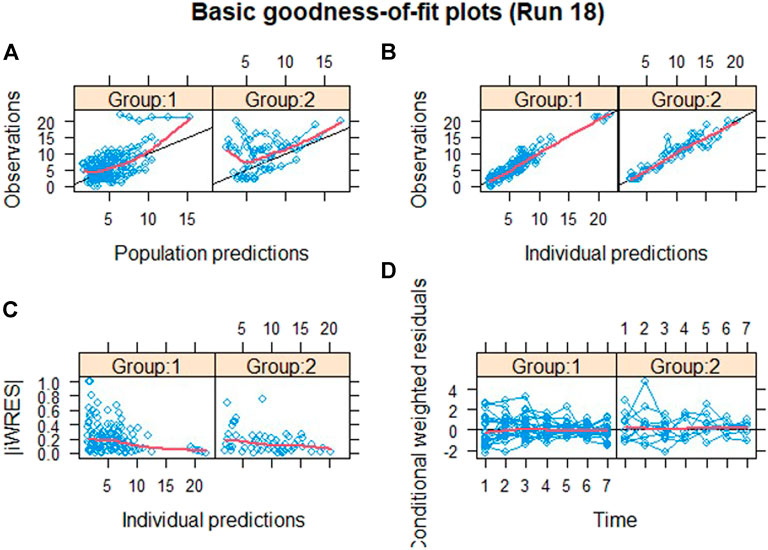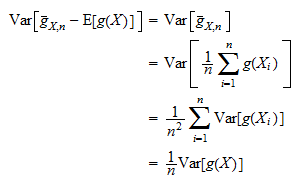

To create your sample ahead of time, you would need to create a list of every customer who visited your store in the last week. Example: Listing the populationIn your department store study, your customers make up your target population. Ideally, it should be in a random or random-like (such as alphabetical) order, which will allow you to imitate the randomization benefits of simple random sampling.

#Importance sampling with prior nonmem full#
You can use systematic sampling to imitate the randomization of simple random sampling when you don’t have access to a full list of the population in advance. Systematic sampling without a population list This will most likely not provide a representative sample of the entire hospital population. If you sample every 20th individual, because each department is ordered by age, your population will consist of the oldest person in each one. This results in a list of 20 repeated age cycles. Within each department, the list is ordered by age, from youngest to oldest. The list is divided into 50 departments of around 20 patients each.

Example: Cyclically ordered listYou are sampling from a population list of approximately 1000 hospital patients.

This would obviously be unrepresentative of the population. You choose to sample every tenth individual, which will therefore result in only men being included in your sample. Example: Alternating listYour population list alternates between men (on the even numbers) and women (on the odd numbers). You should not use systematic sampling if your population is ordered cyclically or periodically, as your resulting sample cannot be guaranteed to be representative. If you instead used simple random sampling, it is possible (although unlikely) that you would end up with only younger or older individuals. If your population is in ascending or descending order, using systematic sampling should still give you a fairly representative sample, as it will include participants from both the bottom and top ends of the population.įor example, if you are sampling from a list of individuals ordered by age, systematic sampling will result in a population drawn from the entire age spectrum. When using systematic sampling with a population list, it’s essential to consider the order in which your population is listed to ensure that your sample is valid. However, unlike with simple random sampling, you can also use this method when you’re unable to access a list of your population in advance. You can use systematic sampling with a list of the entire population, as in simple random sampling. Systematic sampling is a method that imitates many of the randomization benefits of simple random sampling, but is slightly easier to conduct. Frequently asked questions about systematic sampling.Decide on your sample size and sampling interval.Probability vs non-probability sampling.


 0 kommentar(er)
0 kommentar(er)
